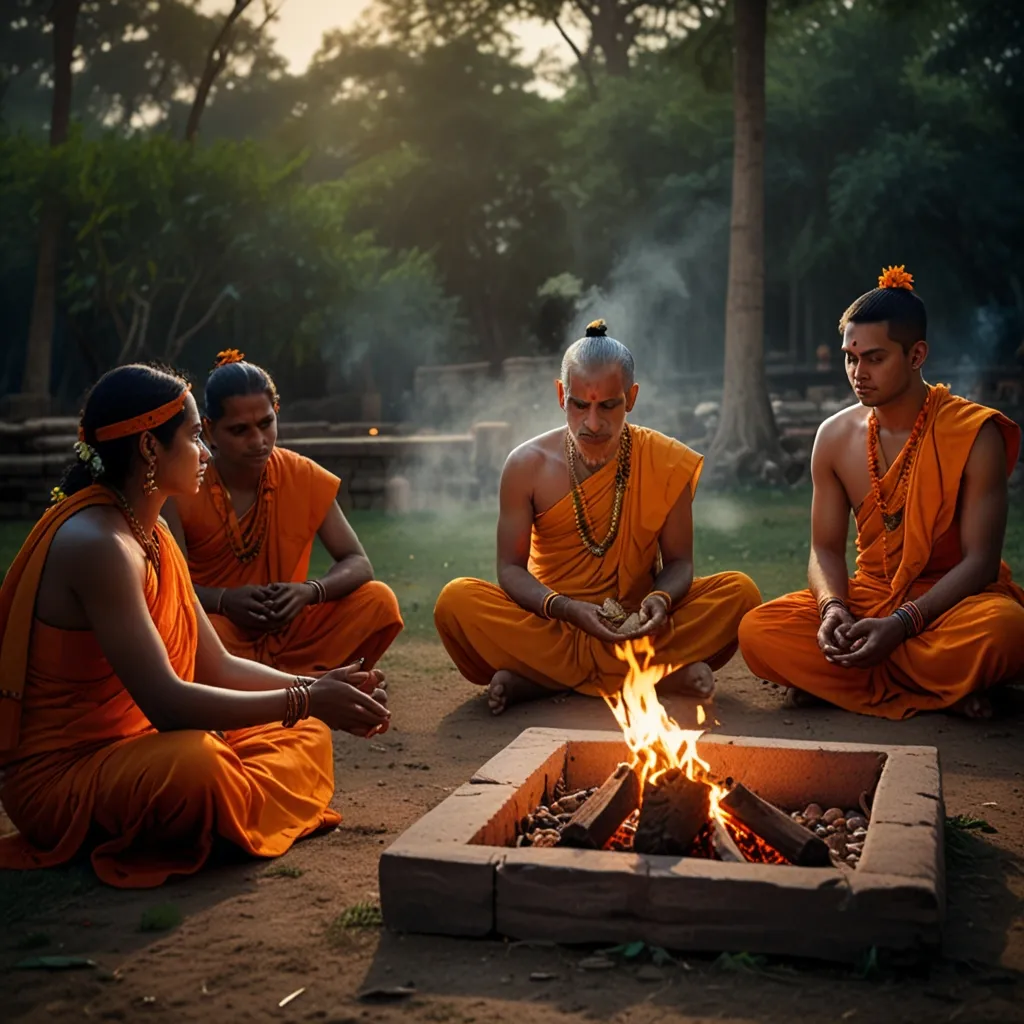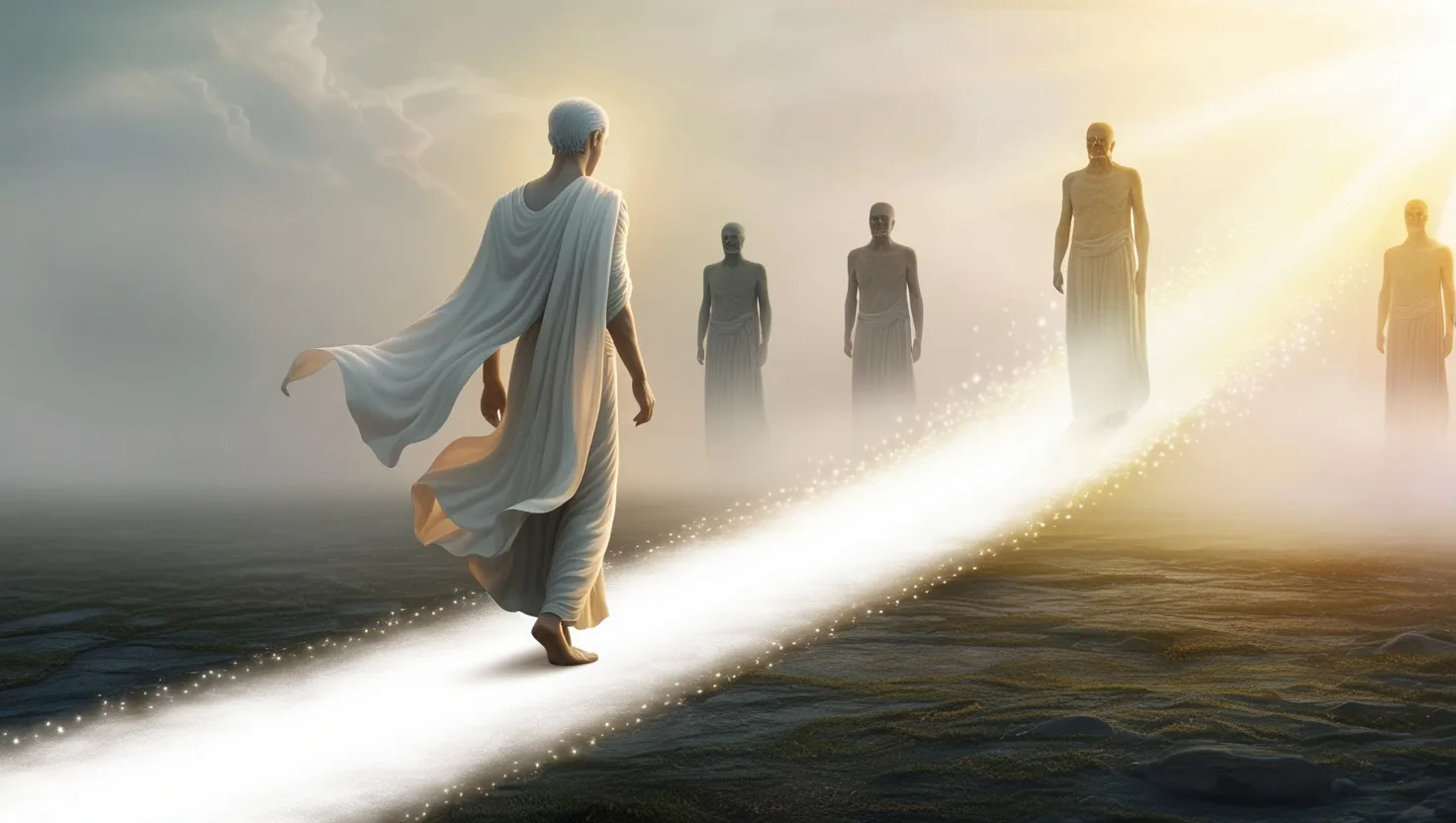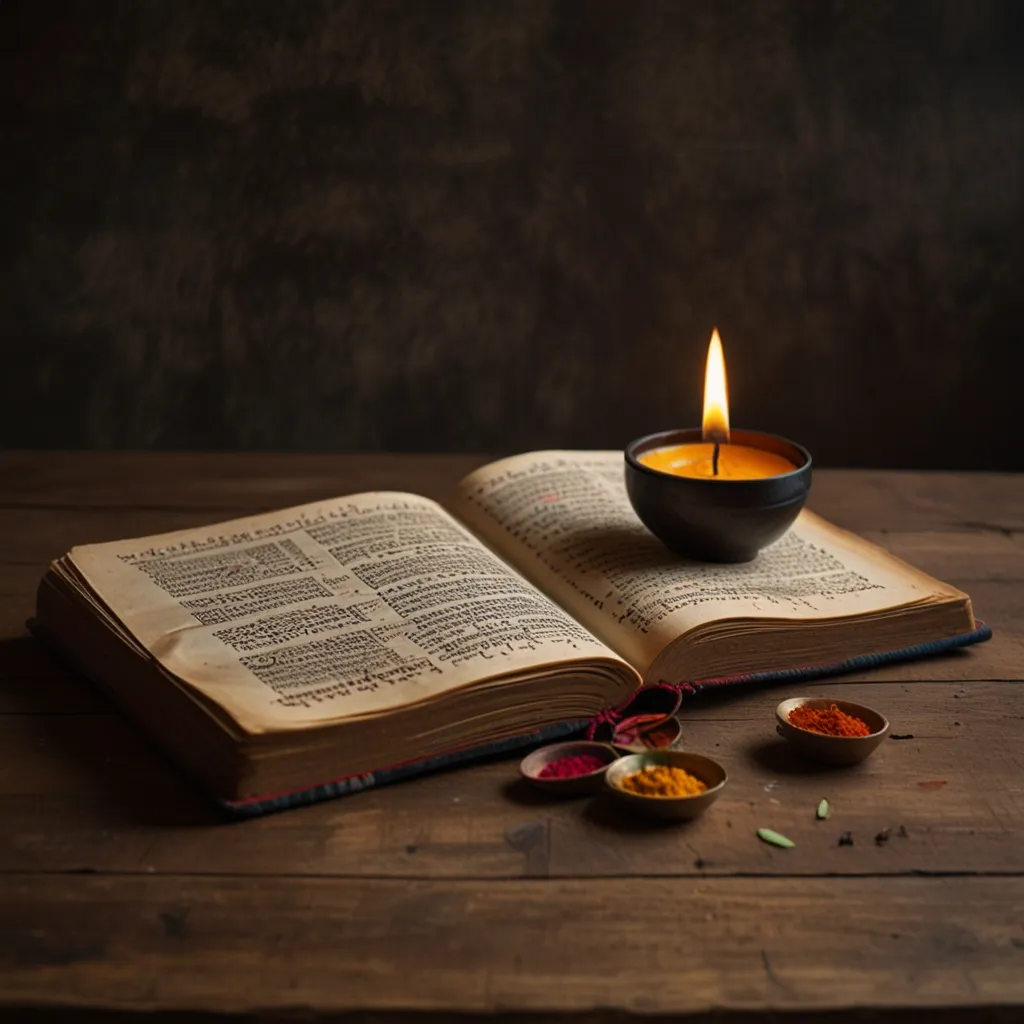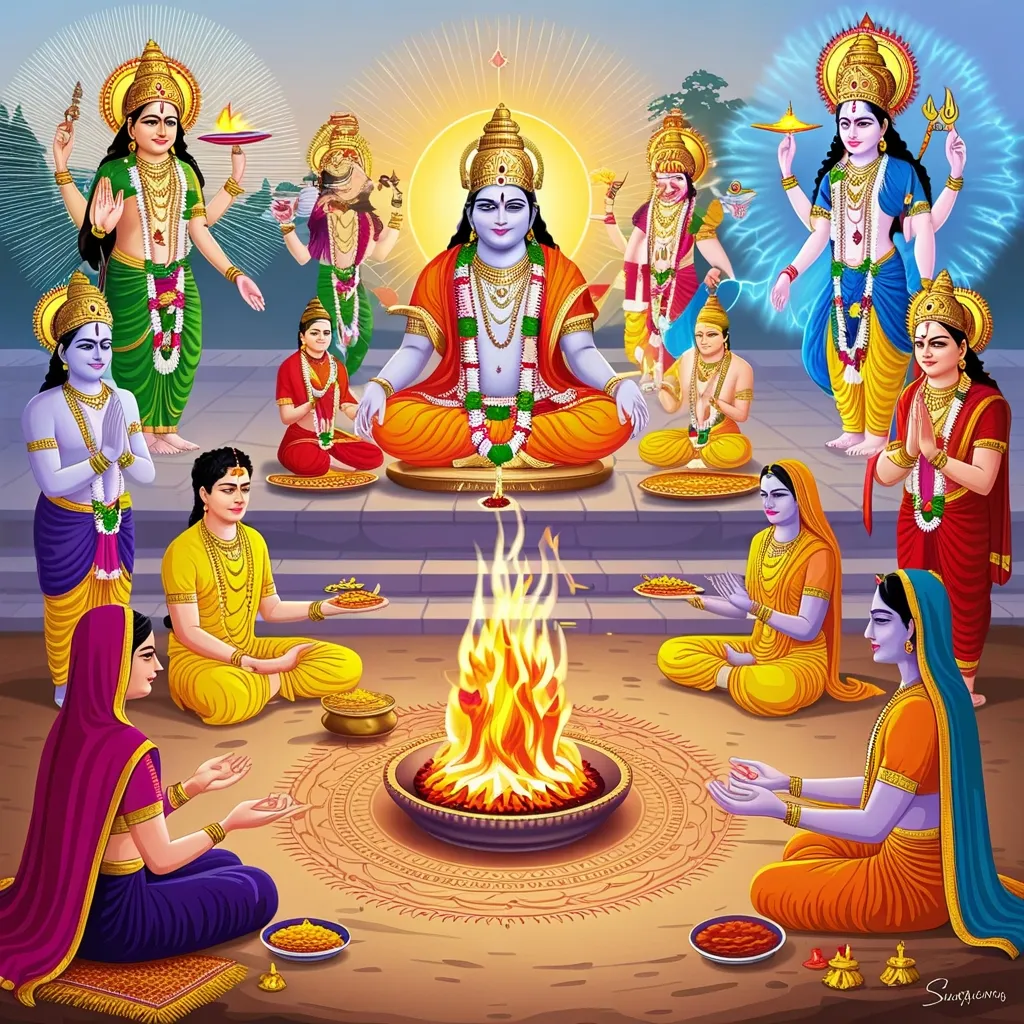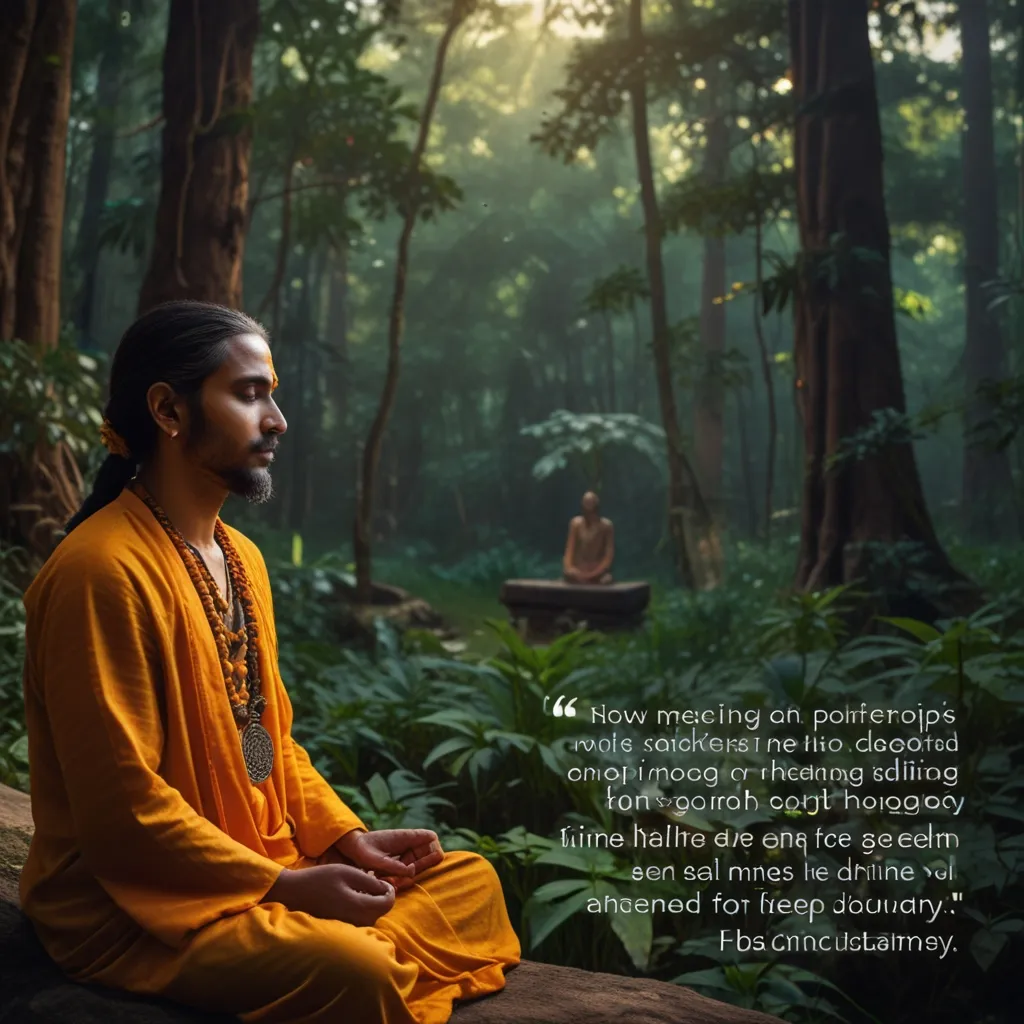The Brahmanas are ancient Hindu texts that help us understand the Vedas, which are the oldest sacred writings in Hinduism. These texts are like guides, explaining the rituals and sacrifices mentioned in the Vedas and highlighting their deeper meanings.
Dating back to between 900 and 700 BCE, the Brahmanas were created when the sacred hymns were being compiled into collections called Samhitas. They don’t just lay out rituals but also share myths and legends that bring the teachings to life. As the oldest sources on Indian rituals, they’re closely tied to the sacrificial practices of their time.
One big thing the Brahmanas focus on is sacrifices. They go into detail about various rituals, like the daily morning and evening sacrifices, setting up sacrificial fires, and even the ceremonies for installing kings. They also cover what to do when things go wrong during sacrifices, showing just how comprehensive these texts are.
Different Brahmanas are associated with the various Vedas. For example, the Rigveda has the Aitareya and Kaushitaki Brahmanas, which talk about rituals like the “going of the cows” and 12-day rites. The Samaveda has the Panchavimsha, Shadvimsha, and Jaiminiya Brahmanas, focusing on ceremonies like the soma rituals.
The Yajurveda splits into two groups: the Shukla (White) Yajurveda and the Krishna (Black) Yajurveda. The Shatapatha Brahmana, part of the Shukla Yajurveda, stands out. With 100 lessons, it’s one of the most important Brahmanas. The Atharvaveda has the Gopatha Brahmana, which came later and centers on the role of the Brahman priest in sacrifices.
The Brahmanas also feature philosophical chapters known as Aranyakas. These were meant to be taught in the forest, away from the village, and they link the Brahmanas with the Upanishads, which are Hinduism’s philosophical texts.
In short, the Brahmanas are key texts that dive deep into the rituals and sacrifices of ancient Hinduism. Packed with myths, legends, and philosophical musings, they’re a treasure trove for anyone keen to understand early Indian religious practices.
